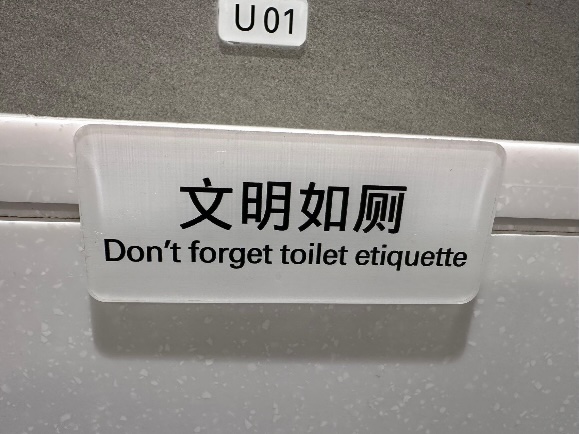Hate evil, part 2
A couple of days ago we examined the mystifying Literary Sinitic / Classical Chinese (LS/CC) collocation 惡惡 (here). After considering several different ways to pronounce and interpret the elements of this expression, we decided that, in most instances, it should be read wùè and be rendered as "hate evil".
Today we'll go much more slowly and deliberately through a brief classical occurrence of 惡惡 to gain a better appreciation for the meaning of the dyad 惡惡 and how to appreciate its nuances in actual use.
Here I shall quote a short passage from Lǐjì 禮記 (Record of rites) (ca. 3rd c.-1st c. BC):
Suǒwèi chéng qí yì zhě, wú zì qī yě, rú wù èchòu, rú hào hǎosè, cǐ zhī wèi zì qiān. Gù jūnzǐ bì shèn qí dú yě.
所謂誠其意者、毋自欺也。如惡惡臭、如好好色。此之謂自謙、故君子必愼其獨也。
Read the rest of this entry »

